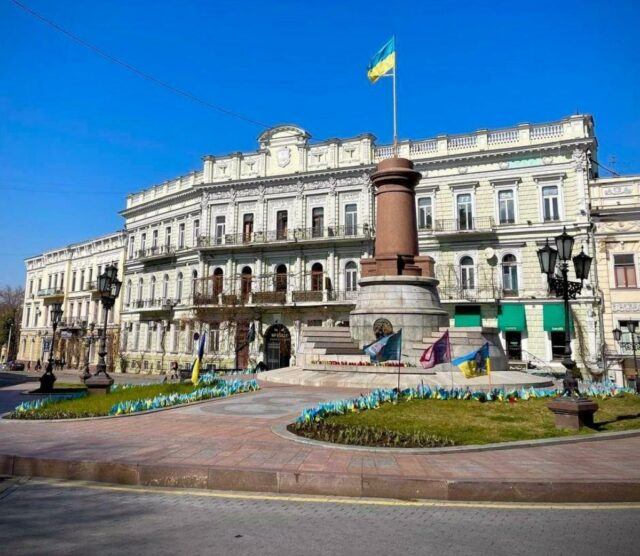A New Chapter for Odessa: The Renaming of Streets and Squares
Recently, the Odessa City Council declared an important shift in the city’s identity: the renaming of several streets and squares that were home to the once prominent «Founders of Odessa» monument. This monument, which prominently featured a statue of Empress Catherine II, symbolized a historical narrative that many now wish to redefine.
Odessa is a city rich in history and culture, and its streets often reflect the diverse tapestry of its past. This renaming initiative is not just a superficial change; it represents a deeper desire to move away from symbols associated with imperialism and embrace a more inclusive narrative that resonates with the values of contemporary Ukrainian society.
Removing Symbols of the Past: The Dismantling of Monuments
In a significant turn of events, two key monuments were dismantled in Odessa, including the statue of Empress Catherine II herself and the military commander Alexander Suvorov. This decision, made on the evening of December 29, 2022, was part of a broader movement to dismantle symbols of the Russian Empire that many feel no longer fit within the context of Ukraine’s independence and sovereignty.
These historically significant sculptures were not simply discarded; they found a new temporary home at the Odessa National Art Museum. The delicate balance of preserving history while also addressing the implications of these symbols has sparked much conversation among historians and residents alike. For instance, consider how removing the Suvorov statue could alter the perception of military history in the city. It raises fundamental questions: Should we honor figures who embody a historical narrative that many find problematic?
Interestingly, these sculptures date back over a century, as they were created in 1900. Their relocation to the art museum offers an opportunity for public discourse, allowing visitors to engage with history in a new way. In light of this, many have suggested creating educational exhibits that explain the significance of these figures in a modern context, fostering understanding rather than simply erasing the past.
Recent Developments: The Impact of Conflict
In a striking reminder of the ongoing conflict in the region, a recent rocket strike on Odessa has left significant damage to the monument of Catherine II. Reports indicate that the blast almost dislodged the head of the statue, highlighting how the very symbols that once stood tall are now being involved in the turmoil surrounding the city.
Images shared by historian Oleksandr Babich starkly depict the damage sustained by the museum. The shockwave from the strike visibly deformed the protective box encasing the statue, bringing a sense of urgency to the conversation about the safety and relevance of such monuments. As cities worldwide grapple with historical narratives and the monuments that symbolize them, Odessa’s experience could serve as an important case study in the complexities of cultural preservation amidst conflict.
Conclusions: A Path Forward for Odessa
Odessa’s journey of renaming streets and dismantling monuments goes beyond mere aesthetics—it’s about reshaping the city’s identity and addressing historical grievances. As the community engages in this transformative process, it’s crucial to encourage dialogue and understanding. A possible approach could include community forums and public art projects that explore the history of Odessa from various perspectives.
In conclusion, the changes occurring in Odessa reflect a broader trend seen in many cities around the globe as societies navigate their histories and work towards a more inclusive future. This is not just a local issue, but a global conversation—one that can foster empathy and understanding in our increasingly interconnected world.
Odessa stands at a crossroads, and how it chooses to move forward will undoubtedly shape its identity for generations to come. What stories will the newly named streets tell? Only time will reveal the profound impact of these decisions on Odessa’s rich narrative.






